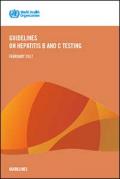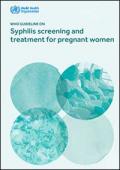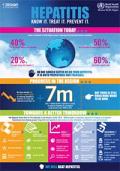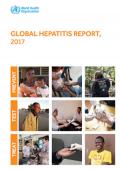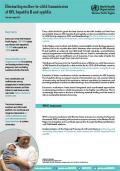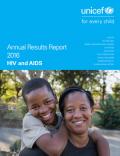Elimination of Mother-to-Child Transmission Publications
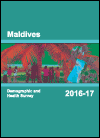
The 2016-17 MDHS was the second DHS survey to be conducted in the Maldives in collaboration with the worldwide Demographic and Health Surveys Program. Fieldwork for the survey was carried out from 17 March 2016 to 27 November 2017 covering a national sample of over 6,000 households.
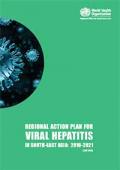
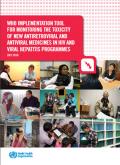
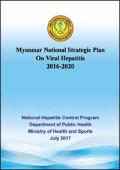
Viral hepatitis is more prevalent in Asia than other regions. From the survey done among the general population in 2015 in Myanmar, the prevalence of hepatitis B was 6.5% and hepatitis C was 2.7%.
The 67th World Health Assembly in May 2014 approved a resolution to improve the prevention, diagnosis and treatment of viral hepatitis. In November 2014, Myanmar initiated the establishment of a National Hepatitis Control
Program (NHCP) following the resolution set up by the World Health Organization (WHO).
